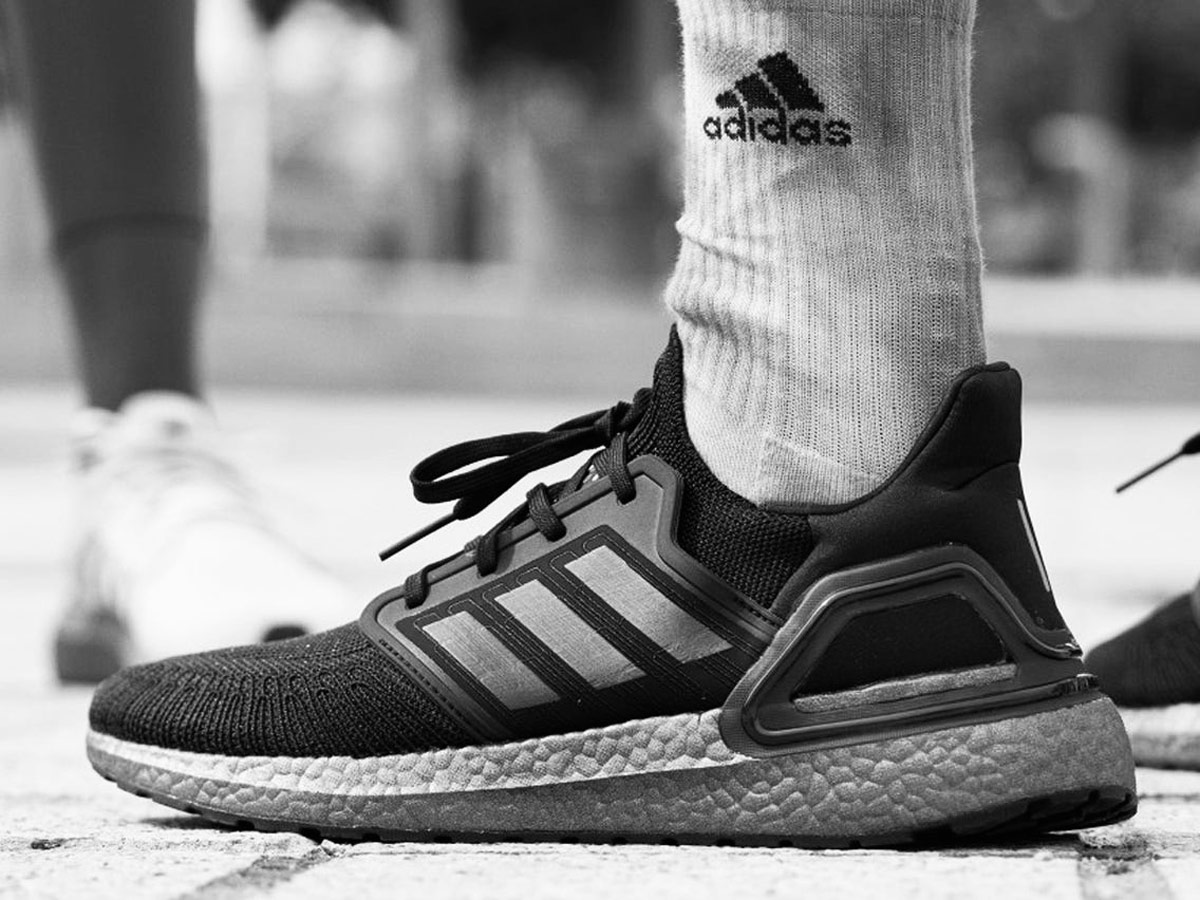
Even if you are not a super serious runner and just run as part of your weekly training schedule or do the odd run for fun, ensuring you have the correct footwear for your foot is important.
If you have a coach you may have had a conversation around having a GAIT analysis done. So what is a gait analysis and why is it important?
Here is a great way of explaining answers to both these questions, courtesy of Asics, one of the biggest running shoe brands in the world:
Gait analysis provides runners with essential information about their running style. This information is always important, as no matter how long you have been running, knowing your running style plays a crucial part in selecting the right shoes.
The major focus of gait analysis is to measure the degree of pronation. Pronation is the term used to describe the way your foot rolls when you walk and run. This roll acts as a natural shock absorber for the leg and body, optimally distributing the force of the impact of the heel hitting the ground.
- Overpronation occurs when the feet roll inward too much
- Underpronation (supination) occurs when the feet don’t roll inward enough
Gait analysis matches the runner’s degree of pronation with the correct shoe type. The aim is to counterbalance the overpronation or underpronation to help to reduce the risk of injury and improve running efficiency.
What is video gait analysis?
Video gait analysis involves running for a few minutes on a treadmill while a recording is made of your feet. This footage is then slowed down and analysed in detail by an ASICS professional, who will explain their findings. Depending on the results, runners will then be advised to choose either neutral or stability/supportive running shoes .
As well as helping runners to find the right shoe by assessing the movement of the foot, video gait analysis also looks at leg and body movement to see if the runner’s efficiency can be improved. By slowing the video down and viewing the different running stages in detail, representatives can help identify certain movements which may be triggering injuries or affecting performance.
What other issues can a gait analysis identify?
As well as a runner’s pronation type and inefficiencies, a gait analysis can also help to identify several other issues. That includes:
- Slow cadence – Taking long strides at too low a frequency is not conducive to efficient or faster running
- Heel striking – Where the heel lands and whether that could lead to injury
- A lack of core strength – Whether a lack of core strength is causing a runner’s hips to drop and forcing the knees and ankles to rotate inwards
- A lack of flexibility – Inflexibility in the hamstrings and calves is one of the leading causes of running injuries
Why is gait analysis important?
Gait analysis is important because it helps to identify your running style. That knowledge can then be used to reduce the amount of compensating the body is forced to do when you run. Imbalances around the joints mean that large muscle groups such as the hamstrings, glutes and quads often do less of the work then they’re supposed to. In their place, smaller stabilising muscles have to step in and compensate. If these stabilising muscles are forced to compensate mile after mile, then that extra train can lead to long-term niggles and injuries that affect your ability to train consistently. Essentially, it’s an injury that’s waiting to happen. That’s why, if you take your running seriously, the knowledge a gait analysis can provide you with is invaluable.
Is gait analysis important?
If you’re an experienced runner with a good idea of the running shoes that are best suited to your running type and you do not experience frequent or recurring injuries, then gait analysis may not be particularly beneficial to you. However, for newer runners, gait analysis is a great way to learn more about your running style, what you can do to improve it and which types of running shoes are likely to be the best fit for you. You’ll also get the opportunity to try on different pairs of running shoes with an expert, who’ll be able to provide advice and suggest shoes that you may not have considered.
Credit: Thanks to ASICS for this information from their website www.asics.com